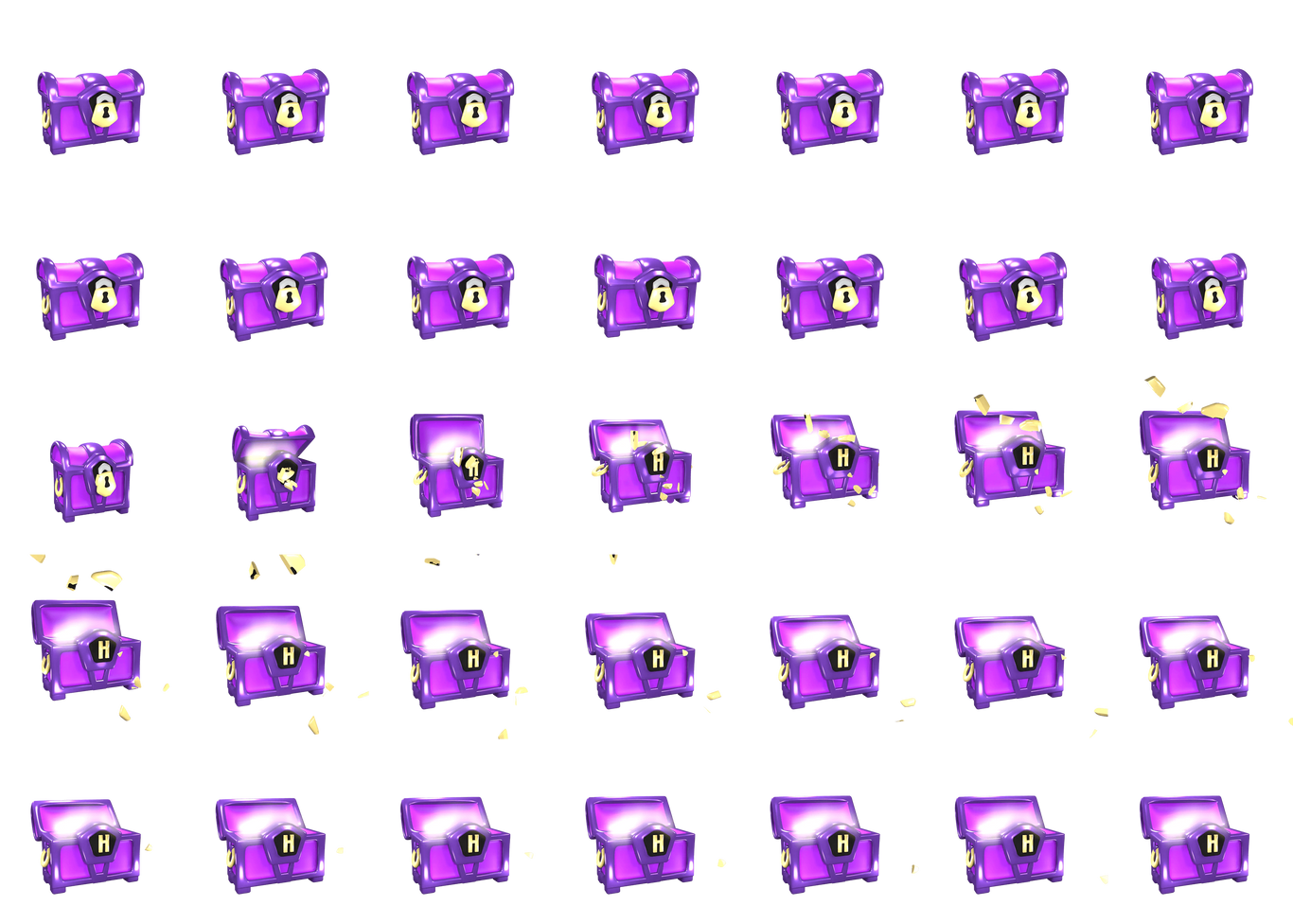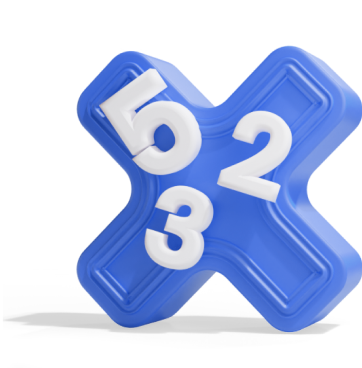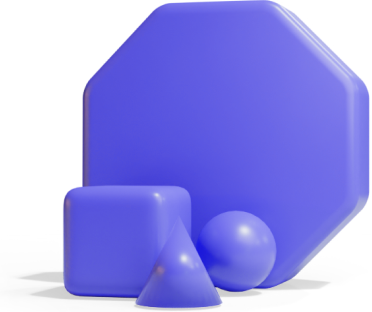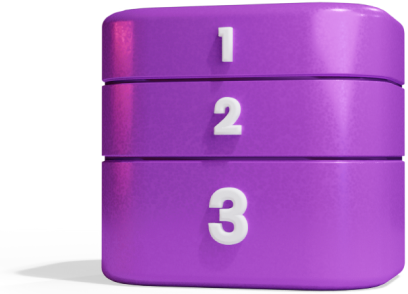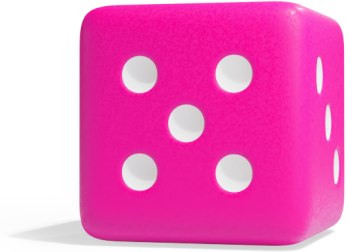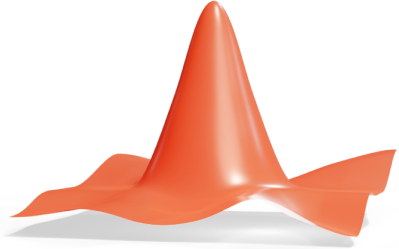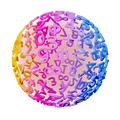7th Grade
How Do You Develop a Probability Model from a Chance Process?
{
"voice_prompt": "",
"manuscript": {
"title": {
"text": "How Do You Develop a Probability Model from a Chance Process?",
"audio": "How do you develop a probability model from a chance process?"
},
"description": {
"text": "You can develop a probability model by repeating a random experiment many times and using the results to estimate how likely each outcome is.",
"audio": "You can develop a probability model by repeating a random experiment many times and using the results to estimate how likely each outcome is."
},
"scenes": [
{
"text": "Imagine a toy machine that gives you a random capsule when you put in a coin. Some capsules have small bouncing balls inside. You want to find out how likely it is to get one.",
"latex": "x+1",
"pop_animation_prompt": "Create pop animations for the mathematical expression \"x+1\". First, pop the symbol \"x\" when it is referenced. Next, pop the operator \"+\" and the number \"1\" simultaneously when they are mentioned together. Ensure the animations are synchronized with the references in the transcript."
},
{
"text": "You don\u2019t know what\u2019s inside the machine or how many types of toys there are. So, to estimate the probability, you need to run an experiment.",
"latex": "\\text{Chance process: Getting a capsule toy}",
"pop_animation_prompt": "Create pop animations for the following math elements as they are referenced in the transcript: When \"estimate the probability\" is mentioned, pop the entire text \"Chance process: Getting a capsule toy\" (index 0). Ensure the animation draws attention to the concept of estimating probability through the chance process described."
},
{
"text": "Step one: Repeat the process many times. In this case, put in a coin and open the capsule. Then do it again. And again. Let\u2019s say you try it 100 times.",
"latex": "\\text{Trials: } 100",
"pop_animation_prompt": "Create a pop animation for the number \"100\" when it is referenced in the transcript. Ensure the number \"100\" stands out clearly to emphasize the repetition of the process described."
},
{
"text": "Step two: Record what happens. Each time you get a toy, write down whether it was a small bouncing ball or not. These are your outcomes.",
"latex": "\\text{Outcome: Bouncing ball or not}",
"pop_animation_prompt": "Create pop animations for the following sequence: First, animate the characters \"B\", \"o\", \"u\", \"n\", \"c\", \"i\", \"n\", \"g\", \"b\", \"a\", \"l\", \"l\" together when \"bouncing ball\" is mentioned. Next, animate \"o\", \"r\", \"n\", \"o\", \"t\" together when \"or not\" is mentioned. Finally, animate \"o\", \"u\", \"t\", \"c\", \"o\", \"m\", \"e\" together when \"outcomes\" is mentioned. Ensure each group pops at the time it is referenced in the transcript."
},
{
"text": "Step three: Count how many times each outcome occurred. Let\u2019s say out of 100 capsules, you got 21 bouncing balls.",
"latex": "\\text{Bouncing balls: } 21",
"pop_animation_prompt": "Create pop animations for the mathematical expression. First, pop the number \"21\" when it is mentioned in the transcript. Then, pop the word \"bouncing\" when it is referenced. Ensure the animations are synchronized with the corresponding references in the transcript for clarity."
},
{
"text": "Step four: Divide the number of bouncing balls by the total number of trials to estimate the probability. That\u2019s 21 divided by 100, which is 0.21.",
"latex": "P(\\text{Bouncing ball}) = \\frac{21}{100} = 0.21",
"pop_animation_prompt": "Create pop animations for the following elements in sequence: First, pop the word \"bouncing\" (S6.bouncingball) when mentioned. Next, pop the symbol \"P\" (S6.p) for probability. Then, pop the fraction \"21/100\" (S6.frac21100) when it is referenced. Finally, pop the number \"0.21\" (S6.021) as it is mentioned. Ensure each element pops at the exact moment it is referenced in the transcript for clarity and emphasis."
},
{
"text": "So, based on your experiment, your probability model says there\u2019s about a 21% chance of getting a bouncing ball. That\u2019s your estimated probability.",
"latex": "\\text{Estimated probability: } 0.21",
"pop_animation_prompt": "Create pop animations for the mathematical expression. First, pop the number \"0.21\" when the transcript references a \"21% chance\" with . Next, pop the text \"Estimated probability:\" when the transcript mentions \"estimated probability\" with . Ensure each element pops at the precise moment it is referenced in the transcript."
},
{
"text": "If you repeated this experiment with another 100 capsules, the result might be slightly different. That\u2019s normal with random events!",
"latex": "\\text{New trials may give different results}",
"pop_animation_prompt": "Create pop animations for the phrase \"New trials may give different results\" when the transcript mentions \"the result might be slightly different.\" Ensure the entire phrase pops simultaneously to emphasize the variability in outcomes."
},
{
"text": "But if you repeat the experiment many times, the results begin to settle down. They get closer to the true probability, which might be something like 20%.",
"latex": "\\text{More trials = Better estimate}",
"pop_animation_prompt": "Create pop animations for the expression \"More trials = Better estimate\" when mentioned. Highlight \"More trials\" first, then \"=\", and finally \"Better estimate\" to emphasize the relationship between increased trials and improved accuracy."
}
],
"outro": {
"text": "You can develop a probability model by repeating a random experiment many times and using the results to estimate how likely each outcome is.",
"audio": "You can develop a probability model by repeating a random experiment many times and using the results to estimate how likely each outcome is."
}
}
}
en_7_pro_prob_model_from_chance_data.json
Displaying en_7_pro_prob_model_from_chance_data.json.
